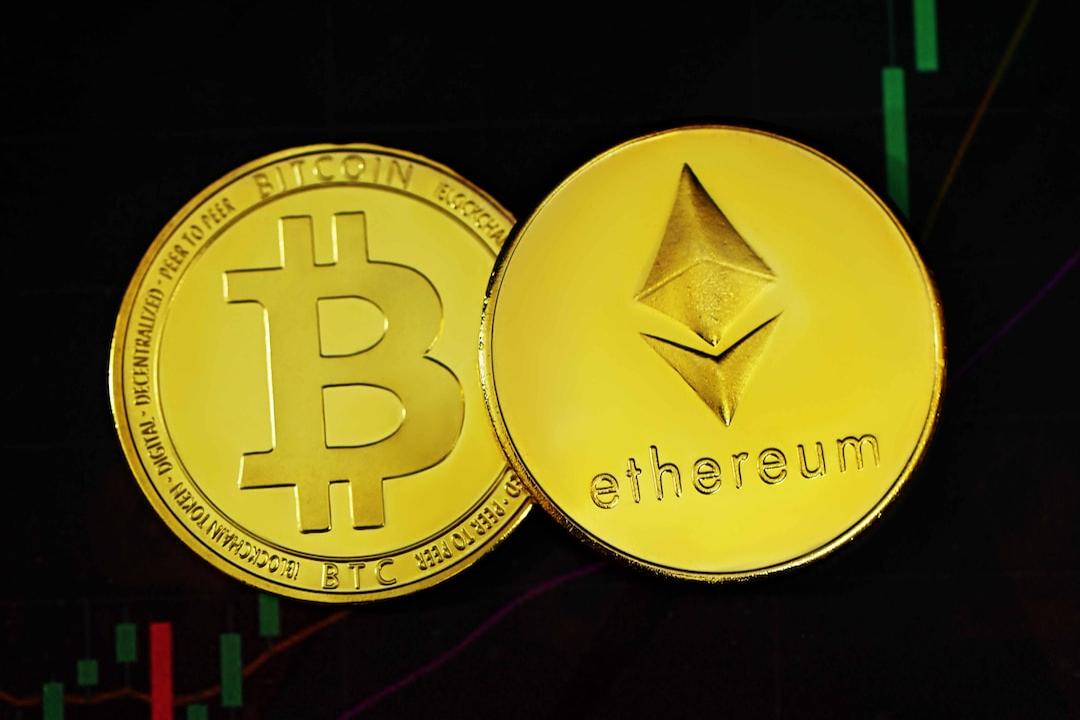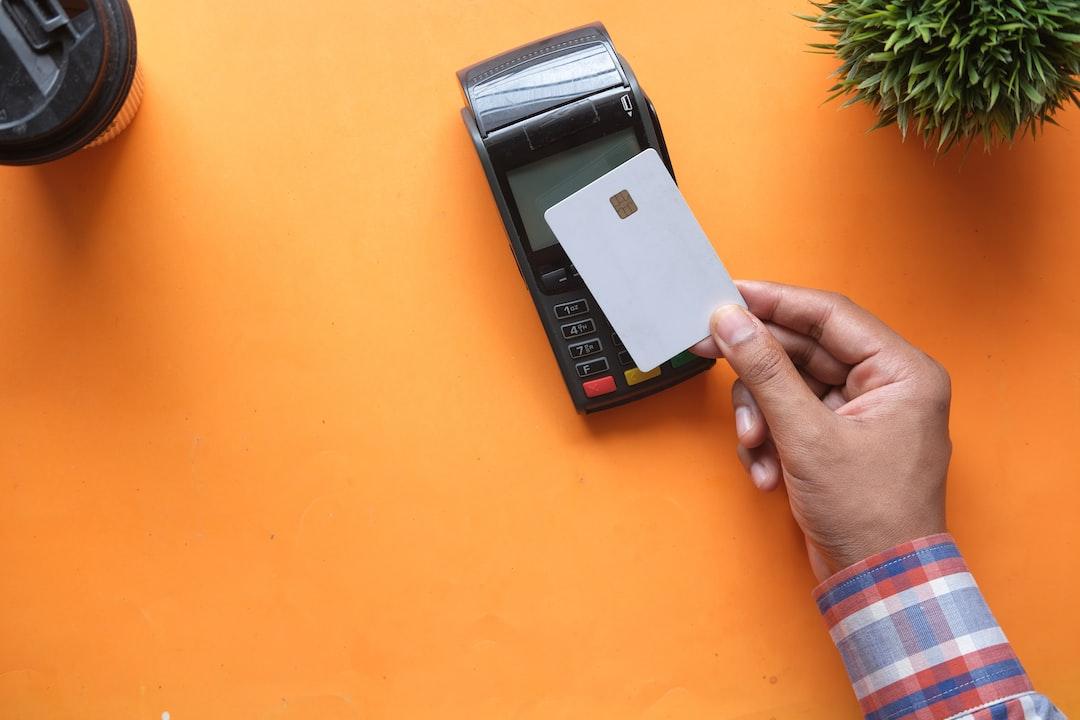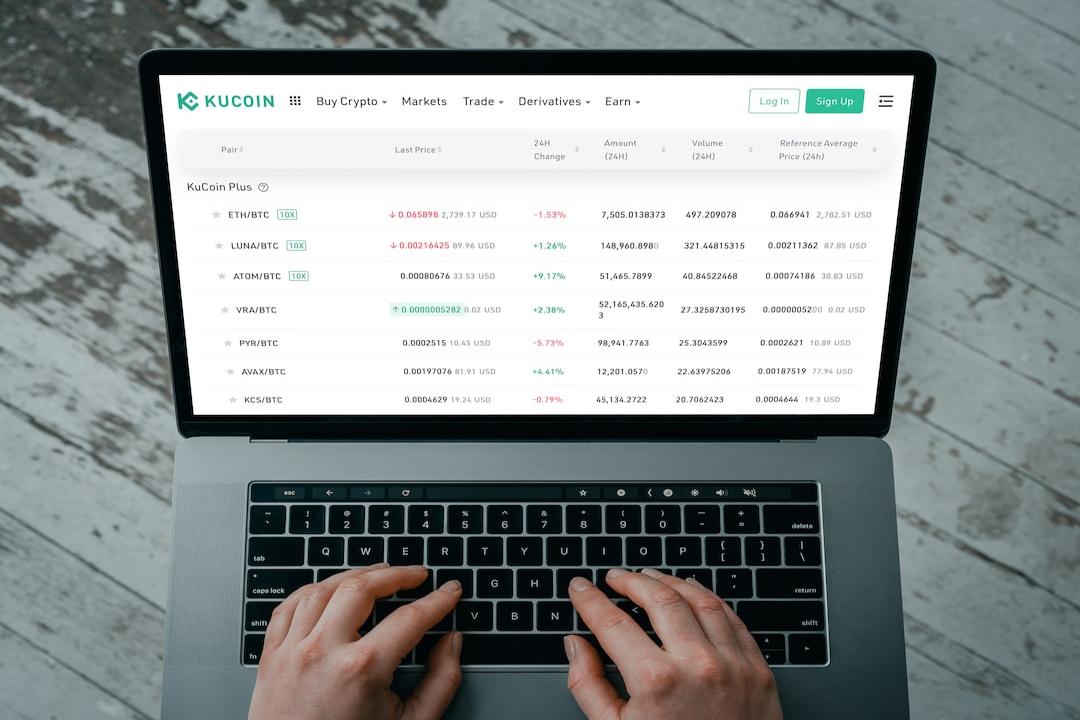After Paxos failed to gain traction with BUSD due to regulation, can its stablecoin USDP catch the wave of Solana’s recent approval and join this popular trend?
Summary:
Global stablecoin regulation survey: PwC: 25 countries (Austria, Denmark, etc.) have enacted legislation, Taiwan has not yet started.
Background:
Replacing USDT! Arthur Hayes: USDe will become the “largest US dollar stablecoin”; Ethena mainnet will go live in January next year.
Table of Contents:
Paxos Market Share Shrinks, Challenger Aura Fades
Solana Stablecoin Use Cases Growing, Can It Take Paxos to New Heights?
How Active Are Solana’s Stablecoin Use Cases?
Paxos was once known for its BUSD business. In February 2023, BUSD was suddenly regulated by NYDFS. After BUSD was regulated, Paxos gradually weakened in the stablecoin competition. With the recent approval of Solana’s business, can it bring new growth points to Paxos and disrupt the stablecoin market, which is relatively stable in terms of its structure?
Let’s take a look at Paxos’ dramatic development over the course of the cycle.
Historical data shows that during the bear market of 2022, the market capitalization of USDT and USDC, the “duopoly,” once slowly declined. Meanwhile, Paxos’ BUSD continued to rise slowly, reaching a historical high of over $23 billion.
After being sanctioned by regulators, Paxos lost BUSD. USDP has not been able to make much impact in the stablecoin market.

According to DeFiLlama data, the stablecoin market is still dominated by two players. Although BUSD briefly became the third largest stablecoin, Paxos’ main product, USDP, still has a relatively low market share.
According to DeFiLlama data, the total market value of stablecoins is about $130.7 billion. USDT and USDC together account for 88% of the stablecoin market share.
Although USDP is the ninth largest stablecoin, it is far from being able to compete with the long-standing duopoly in the stablecoin market in terms of market share.
Currently, the total market value of USDP is only $370 million. Compared to the peak of BUSD, it is only equivalent to 1.6% of BUSD.
This data seems somewhat unfavorable for the former third player in the market. However, the expansion of Paxos’ business to the Solana ecosystem may bring new vitality.
In recent days, the continuous surge of the SOL token has brought the Solana ecosystem back to the center of the market. According to DeFiLlama data, the total value locked (TVL) in the Solana ecosystem has increased nearly fivefold since the beginning of this year.

With the rapid progress of Solana, although we do not yet know where Solana will go in the future, both the community and the market have high expectations for it.
In the future, compliance seems to still be one of Solana’s potential narratives.
Currently, SOL has become the fourth largest cryptocurrency by market capitalization. If USDT is not included in the ranking, SOL is the third largest cryptocurrency, following only BTC and ETH. If Solana grows into a new generation cryptocurrency giant again in the future, stablecoins will still be an indispensable part of its ecosystem and use cases.
Currently, the stablecoin market still faces regulatory uncertainties. Although USDT and USDC have been stable in terms of compliance for a long time, USDP still has its unique characteristics in terms of compliance.
It is worth noting that although BUSD once gained a good market share in the cryptocurrency market, the BUSD deployed on the BNB Chain, which is well-known to the public, and the ETH mainnet BUSD with regulatory approval are not the same. BUSD is only deployed by Paxos on the Ethereum network, and it is cross-chain on other networks by third parties. Odaily has previously provided a detailed interpretation of Paxos and BUSD in an old article.
As investors, it is difficult for us to assert which stablecoin brand is safer and more reliable. However, based solely on “paper data,” USDP is undoubtedly one of the top stablecoin brands with more comprehensive compliance.
The expansion of Paxos’ business beyond the ETH mainnet for the first time through regulatory approval is a milestone for the company. Looking ahead, this move may trigger the next stablecoin war and may have a profound impact on the entire stablecoin market.
Currently, the stablecoin market on Solana is quite active.
According to data from institutional crypto data platform Artemis, the daily stablecoin transfer volume on Solana has increased by 600% since early December, reaching $16.6 billion. It has become one of the main blockchain networks for stablecoin use cases.

Stablecoin Transfer Volume on Solana Network

Comparison of Stablecoin Transfers on Different Networks
In terms of activity, Solana is undoubtedly one of the main stablecoin usage scenarios. With the compliance of USDP, is Solana willing to consider it as an “highly connected” stablecoin to itself?
Paxos has always been known for its “compliance” and has issued the PayPal stablecoin PYUSD. Raj Gokal, co-founder of Solana, publicly stated about Paxos’ business expansion: “Paxos has decided to bring stablecoin issuance to the Solana blockchain, which will showcase how Solana’s high-performance network and low transaction fees support regulated financial products.”
Looking back at history, every generation of giants seems to have made efforts in stablecoins supported by themselves for a period of time. Currently, Solana has risen and has a wide range of stablecoin demand. Although there is still uncertainty about whether Solana can regain its status as a “giant” in the previous cycle, the potential of this “compliance” narrative alone is enough to create ripples in the stablecoin market structure.

Related Reports
Stablecoin ibEUR Plummets 60% After Unpegging, Will It Return to One Euro in the Future?
Stablecoins “Approved” in Asia, But Obstacles Remain
S&P’s First Stablecoin Rating: USDC Receives a Grade 2 Rating, USDT is Limited by Transparency Issues
Tags:
Paxos
Solana
USDP
Centralized Stablecoins

